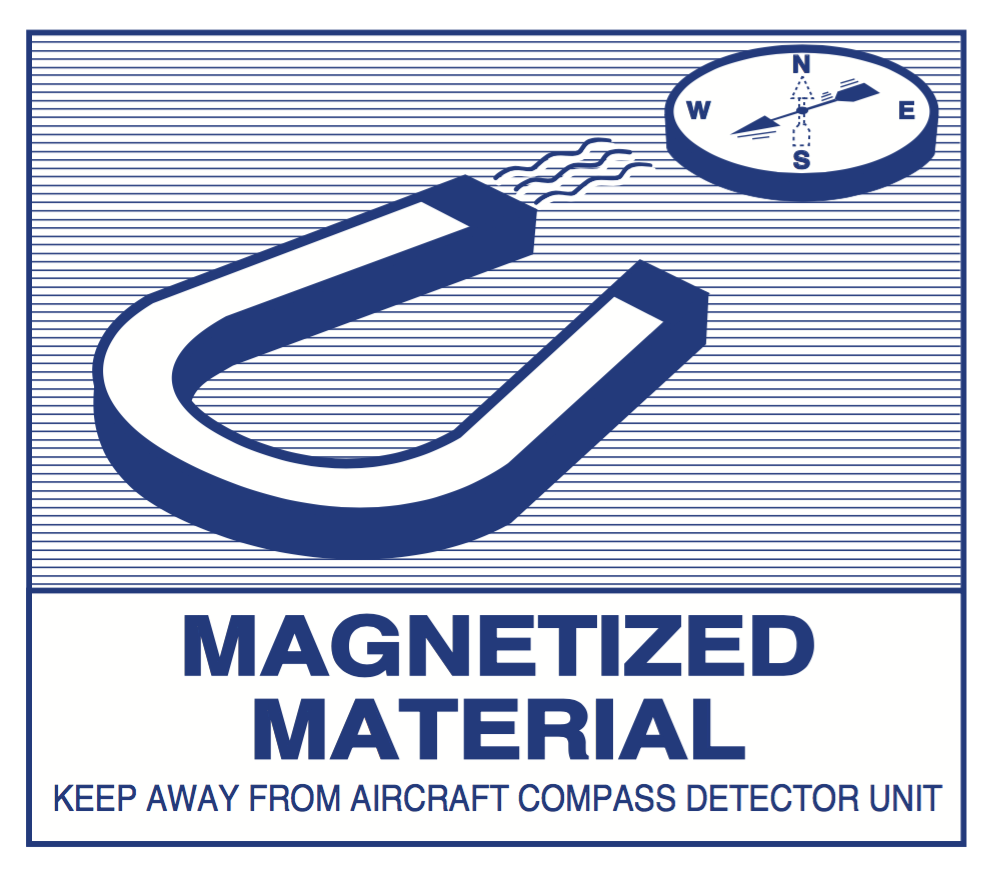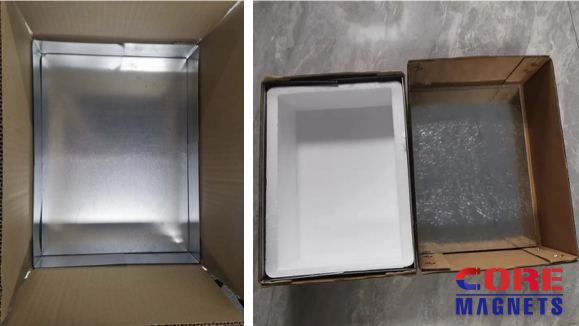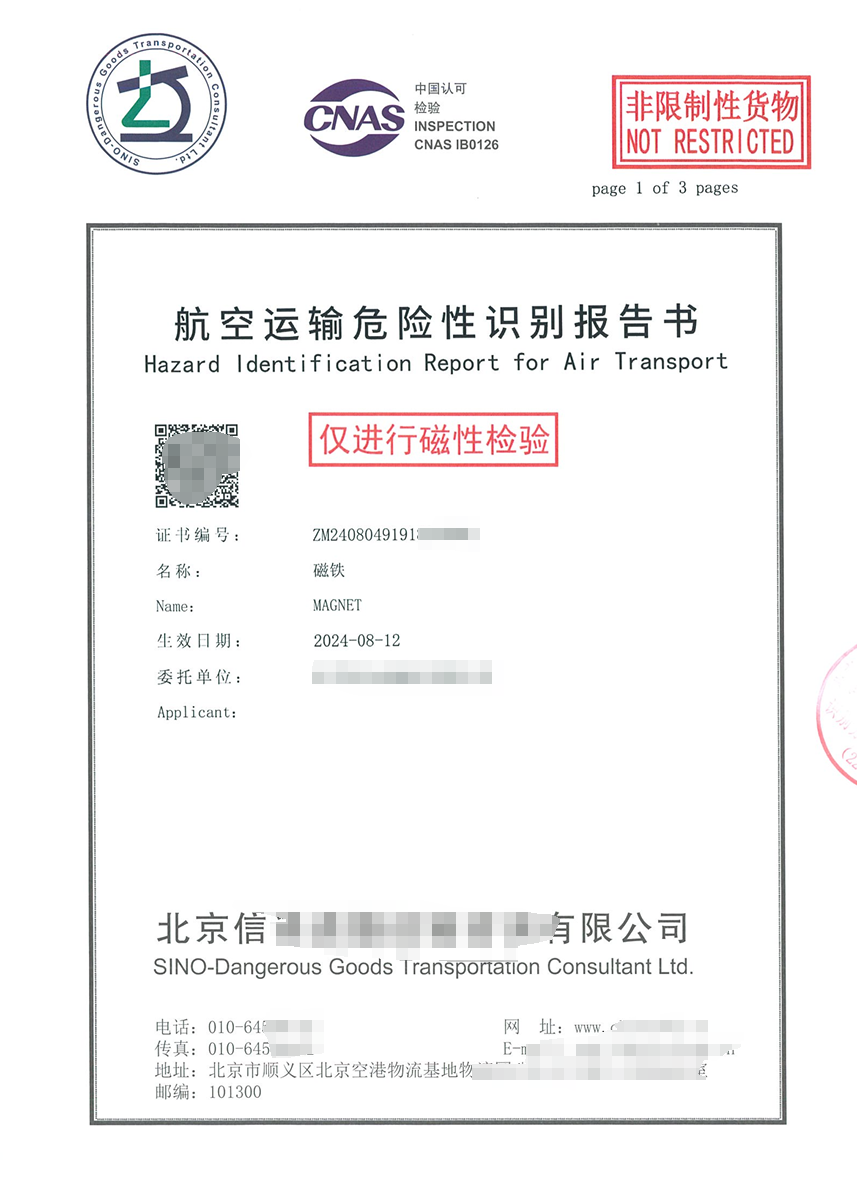Air Transport of Neodymium Magnets
Can Neodymium Magnets Be Shipped by Air?
Air transportation poses unique safety challenges, especially for magnetic materials like neodymium magnets. Due to their potential to interfere with aircraft navigation and control systems, the International Air Transport Association (IATA) classifies magnetic cargo as Class 9 hazardous goods. This classification means that stringent guidelines must be followed to ensure the safe air transport of these materials.
IATA Air Transport Standards for Magnetic Cargo
Under IATA's guidelines (IATA 902 provisions):
- Unrestricted Cargo: If the magnetic field strength measured at 2.1 meters from the object is less than 0.159 A/m (200 nT or 2 mGs), the material is not considered hazardous and can be treated as general cargo.
- Restricted Cargo: If the magnetic field strength at 2.1 meters exceeds 0.159 A/m but is less than 0.418 A/m (measured at 4.6 meters from the surface), the material is classified as dangerous goods and can be shipped with special handling procedures.
- Prohibited Cargo: If the field strength at 4.6 meters exceeds 0.418 A/m, the item is strictly prohibited from air transport.

Meeting Air Transport Standards
To comply with these requirements, it is essential to shield the magnetic field emitted by the magnets. Contrary to the term "demagnetization," this process involves reducing the external magnetic leakage by using high-permeability shielding materials rather than altering the magnet's intrinsic properties.
Shielding Methods
- Material Selection: High-permeability materials such as cold-rolled steel or galvanized sheets are commonly used for shielding.
- Packaging Design: The magnets are enclosed in multiple layers of shielding material, preventing external magnetic interference based on Faraday’s cage principle. The outer layers are further protected with cardboard or wooden crates.

Compliance Testing
Once packaged, the cargo undergoes magnetic testing by certified organizations to verify compliance with aviation standards. A certified report, such as the Air Transport Conditions Identification Report, is issued.
Magnetic Testing Procedures
- Testing involves measuring stray magnetic fields on all six sides of the package without opening it.
- If the cargo fails the test, inspectors may recommend adjustments to the shielding.
- For convenience, testing can be conducted at authorized laboratories or on-site by certified personnel.
Validity of Reports
Air transport certification is typically valid for the calendar year. Cargo shipped in the following year requires renewed testing and certification.
Common Challenges in Air Transport of Magnets
- Failed Magnetic Testing: Additional shielding or repackaging may be needed to meet standards.
- Time Constraints: Clients often require expedited shipping, necessitating prompt testing and documentation.
- Cost Implications: High-quality shielding materials and professional testing can increase overall transportation costs.
How Core Magnets Ensures Safe Air Transport
At Core Magnets, we specialize in providing high-quality neodymium magnets with packaging that meets international air transportation safety standards. Our expertise ensures:
- Precise shielding to minimize magnetic interference.
- Thorough testing to secure IATA-compliant certifications.
- Reliable logistics support for hassle-free shipping.
Email: sales@core-magnets.com
WhatsApp: 86 180 2525 1110
